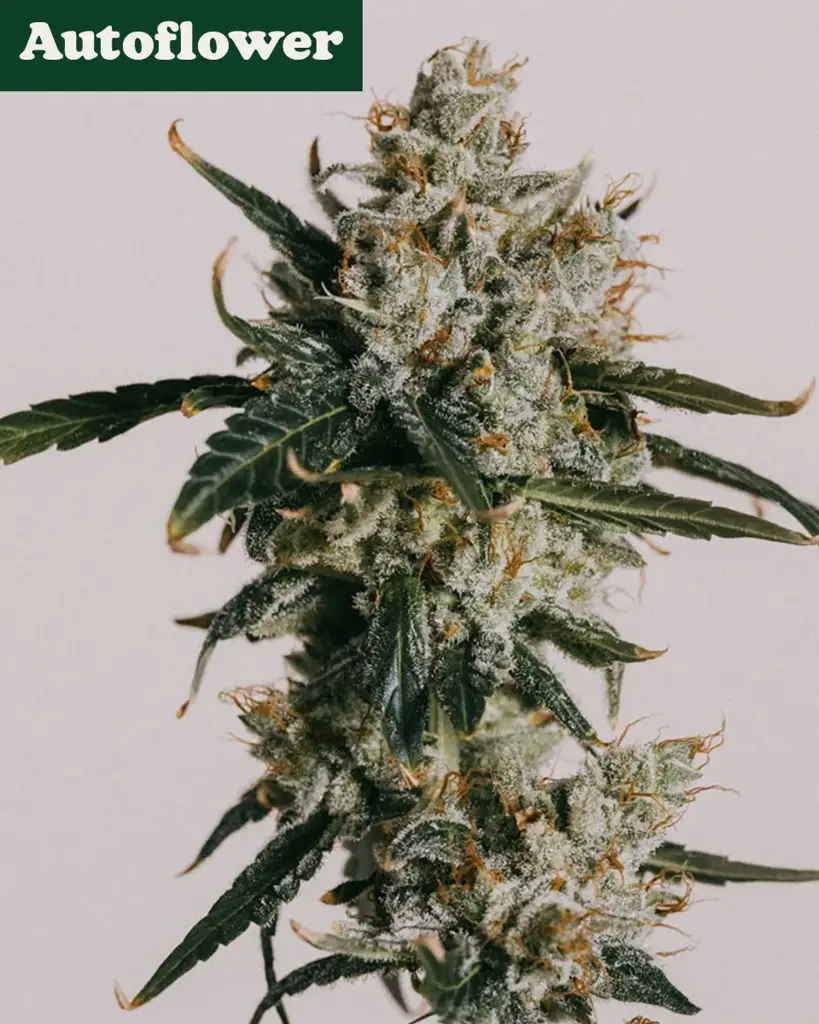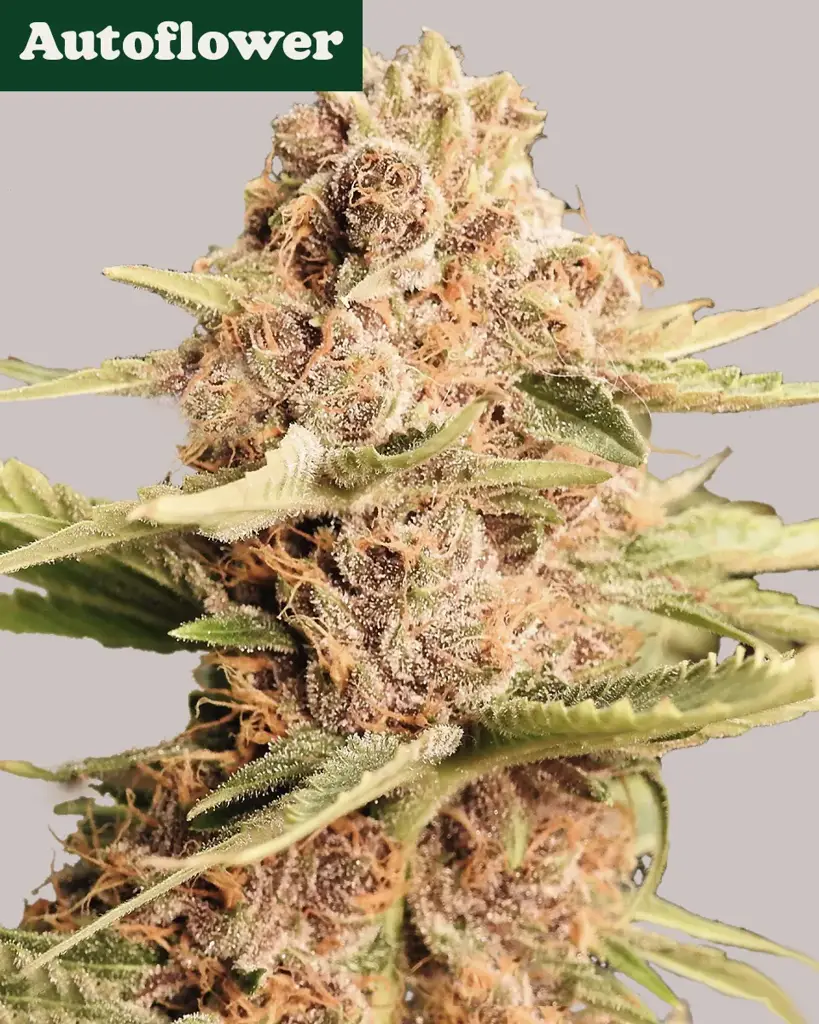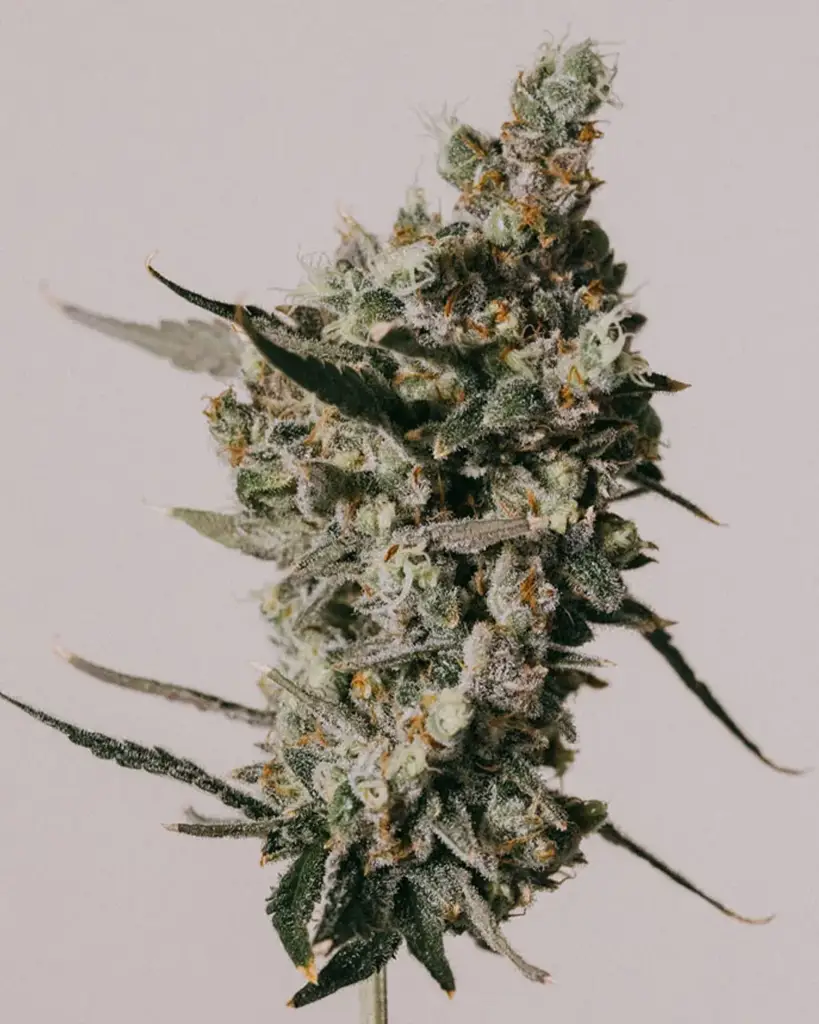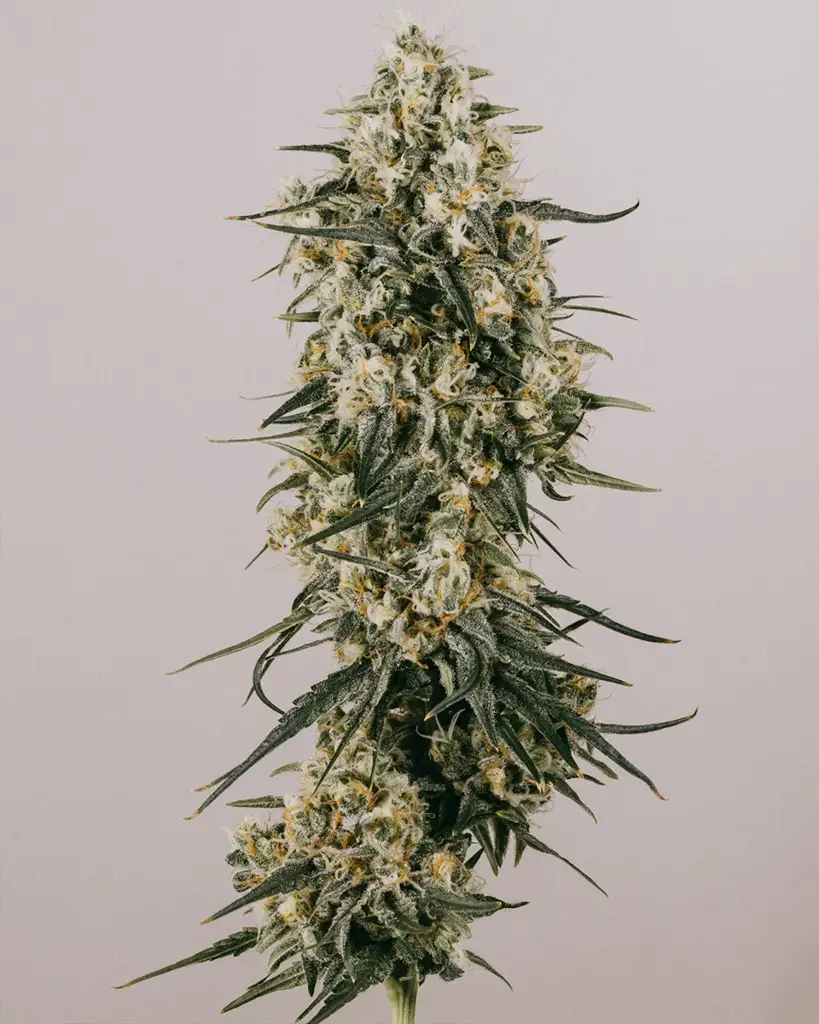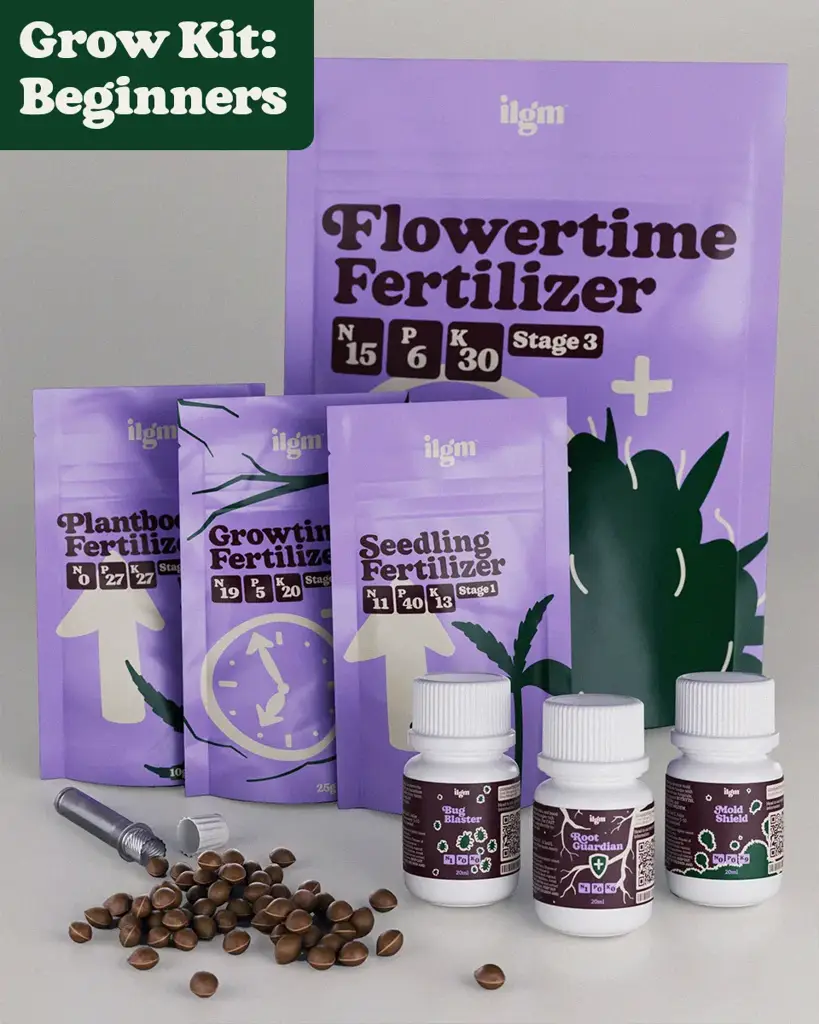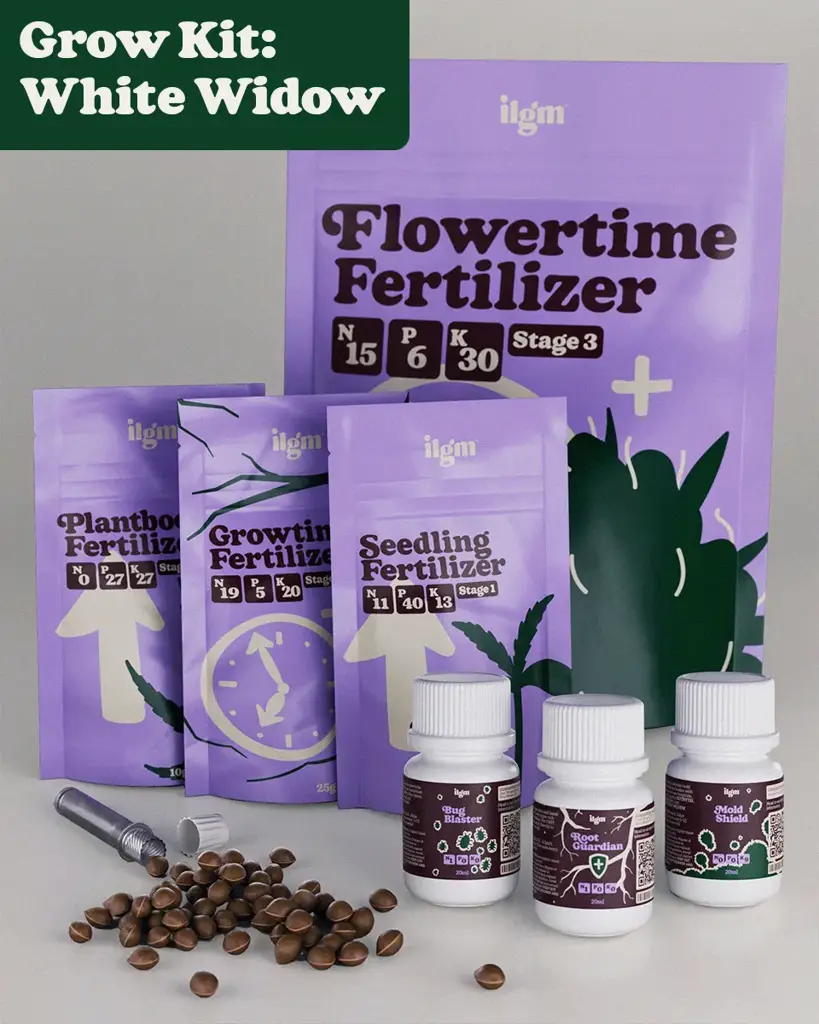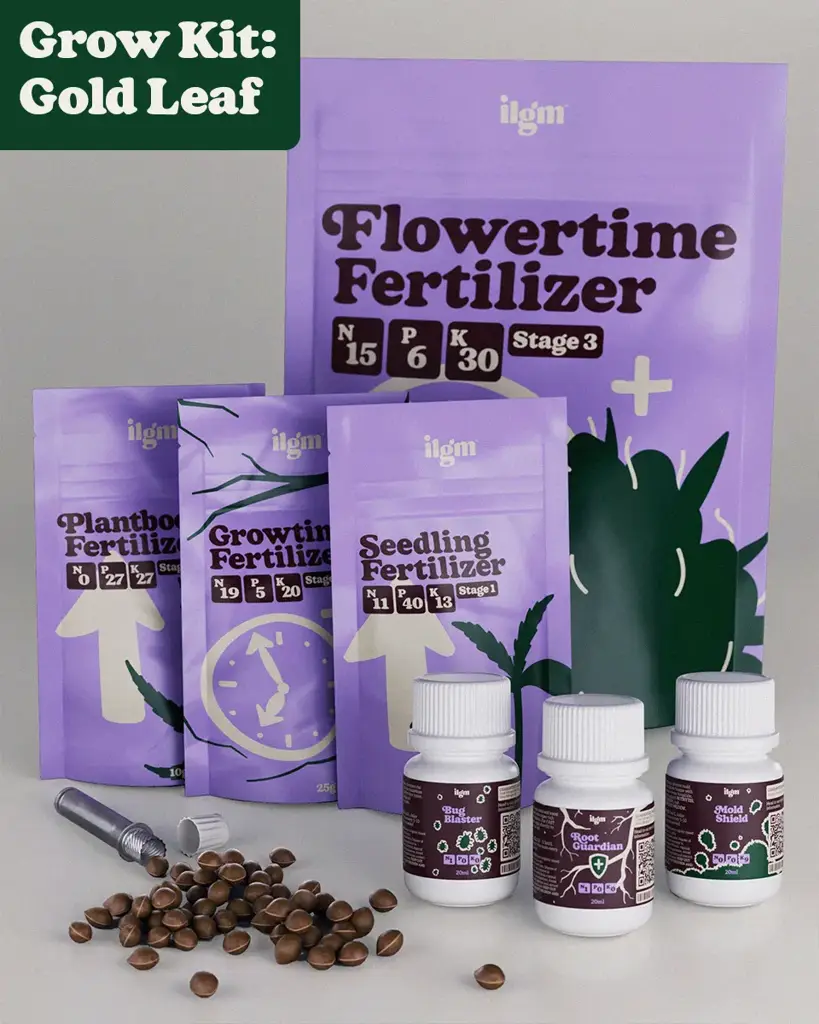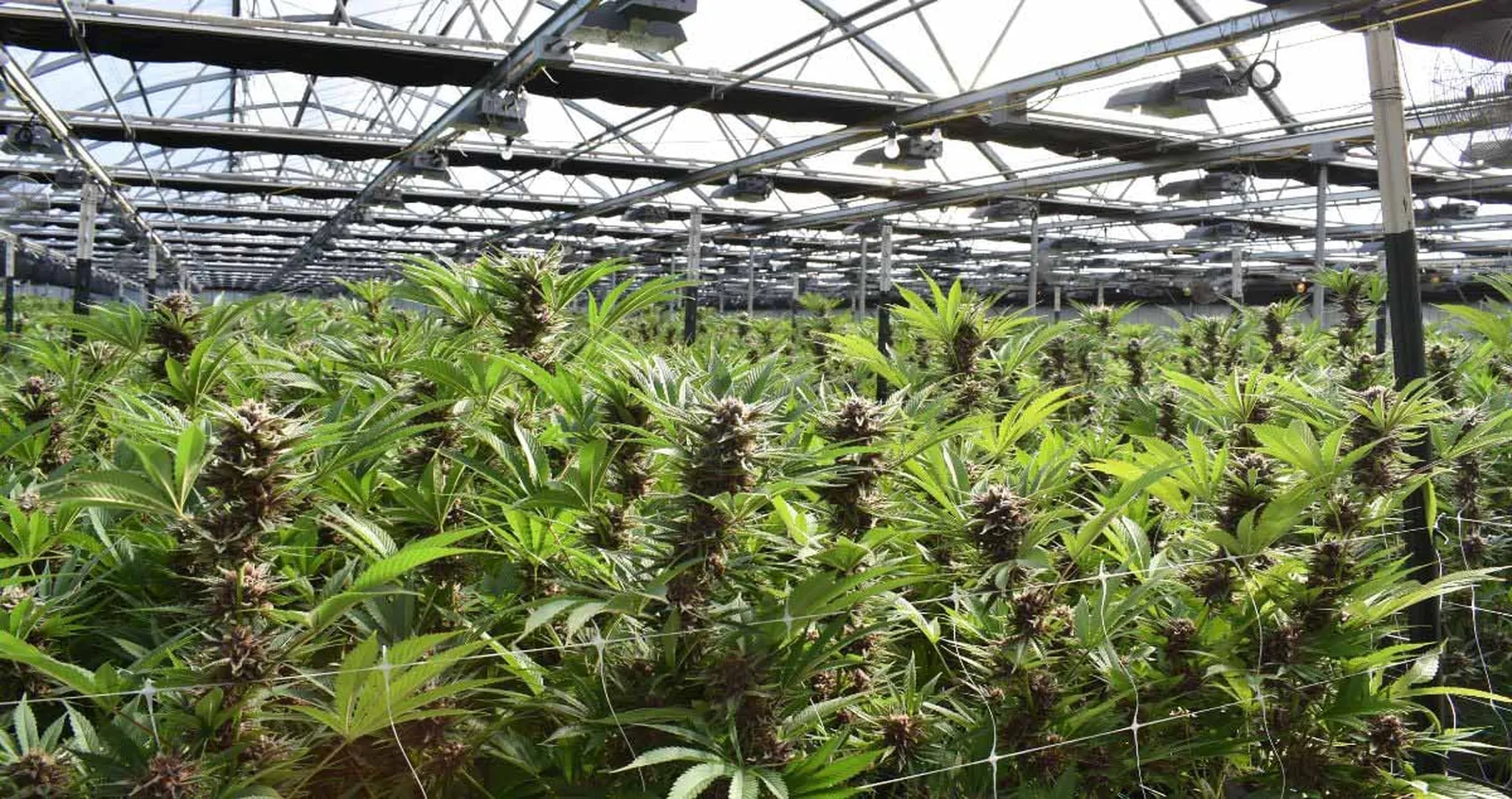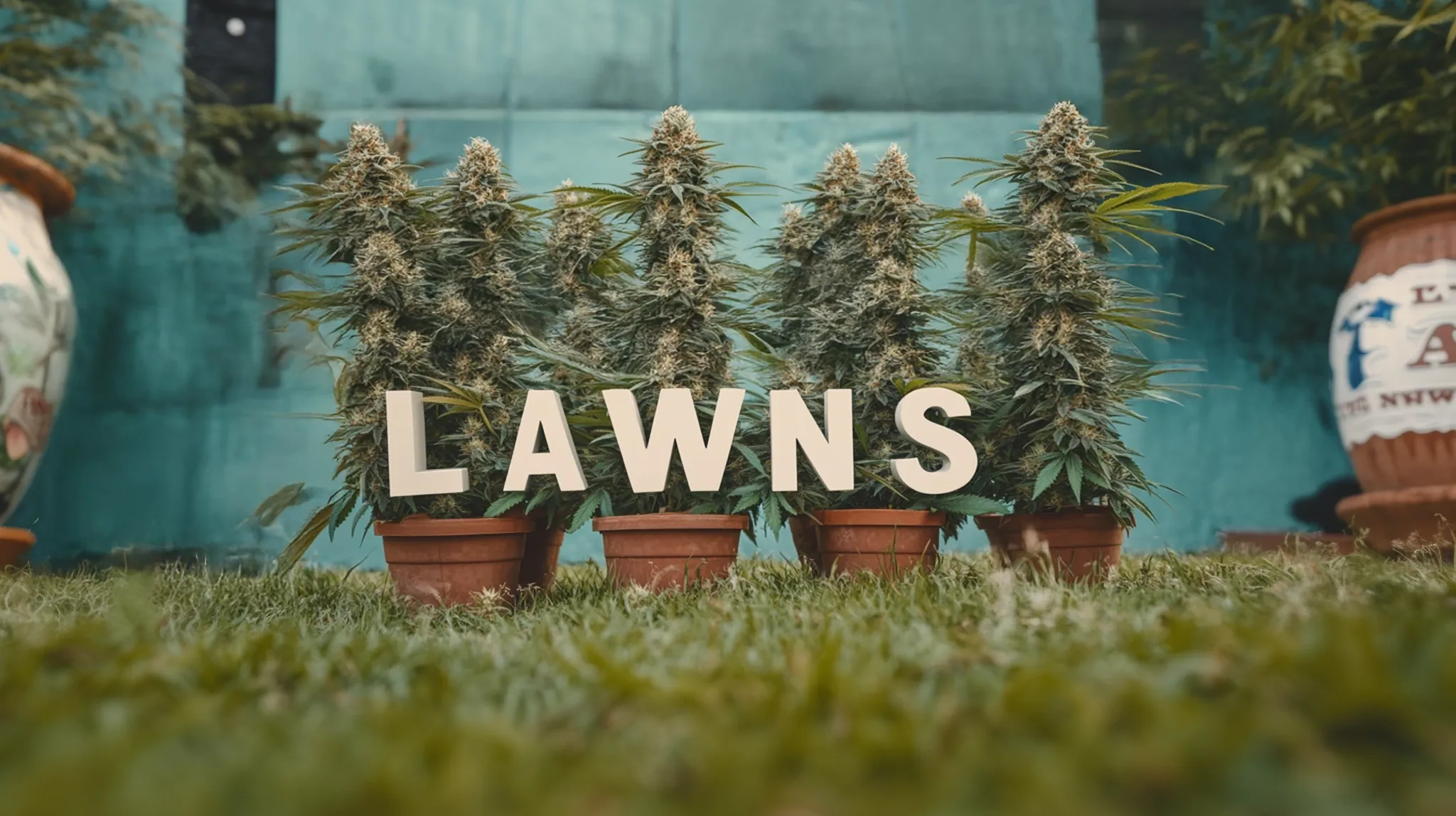
Defoliation: How Pruning Can Improve Your Yield
Have you heard that pruning can boost your cannabis yield but feel a bit nervous about accidentally harming your plants? I get it—overdoing it while pruning is a common worry, and it makes sense to be cautious. But here's the good news: when done properly, defoliation can make a real difference in your cannabis harvest.
Table of contents
In this guide, I'll walk you through what defoliation is, why it's worth trying, and how to do it right to get the most out of your grow. We'll also talk about the potential risks and how to avoid them so you can feel confident about giving your cannabis plants a little extra care.
Too Long, Didn't Read
Defoliation is a type of pruning or trimming that involves removing some of the leaves from your cannabis plants. It might sound a bit counterintuitive—why would you chop off healthy parts of a plant you're trying to grow? But there’s a good reason behind it: by selectively removing leaves, you can help your plants use energy more efficiently and improve light penetration to the areas that need it most.
In the wild, a cannabis plant’s leaves do a lot of heavy lifting—photosynthesis, nutrient storage, and even providing protection from pests and harsh weather. But indoors, we can create an environment that lets us tweak things to get better results. Defoliation helps you make sure that energy goes where it really matters: your buds.
Why Prune/Defoliate Your Cannabis Plants?
 Pros of Defoliation:
Pros of Defoliation:
Better Light Penetration: By removing excess leaves, you allow more light to reach the lower buds, which helps boost their growth.
Improved Airflow: Fewer leaves mean better airflow throughout the plant, reducing the risk of mold, mildew, and pests.
Redirected Energy: Without the burden of supporting unnecessary leaves, your plant can direct more energy toward producing bigger, healthier buds.
Space Management: Defoliation helps control the size and shape of your plants, which is crucial when growing in tight indoor spaces.
Cons of Defoliation:
Stress to the Plant: Defoliation puts your plant under stress. When done right, this small amount of stress can actually be beneficial, but it’s a fine line—too much stress can slow down growth or even damage the plant.
Risk for Beginners: If you’re new to growing, you might accidentally overdo it, which could negatively impact your yield. This is why it’s important to start slow and pay attention to how your plant reacts.
Our Bestsellers
When to Defoliate Cannabis Plants
The best times to practice defoliation are during the vegetative stage and the early flowering stage. During the vegetative stage, you can remove larger fan leaves to shape the plant and encourage better airflow. During early flowering, defoliation helps improve light penetration to the buds as they start to develop.
When to Defoliate Autoflowers
Autoflowers can be a bit trickier to defoliate since their lifecycle is shorter, and they go from seedling to flowering without much downtime. If you want to defoliate autoflowers, do so very lightly and only if the plant is thriving. Focus on removing any yellow leaves and maybe a few large leaves closer to the stem that might be shaded or preventing air flow, but be extra cautious not to overdo it.
First Time Training?
What Can Go Wrong with Pruning Autoflowers, and How to Fix It
Nutrient Deficiency: Sometimes defoliation can disrupt how the plant takes up nutrients, causing deficiencies.
Fix: Keep a close eye on your plants after defoliation. If you notice yellowing or other signs of nutrient issues, flush with just water, and then make your next feed half the recommended strength to help your plant recover.
Tip: “Deficiency” often doesn’t mean you need to pump more nutrients into your plants, but instead, help them better absorb and use the nutrients that are available. Losing too many leaves reduces photosynthesis, so your plant has less energy to transform its food into new growth.
Reduced Growth: Defoliation is stressful for your plant, and too much can stunt its growth.
Fix: If growth slows down, hold off on further defoliation and make sure your plant is getting the right balance of light, nutrients, and water.
How Do I Properly Defoliate My Cannabis Plant?

Defoliation isn’t about randomly plucking leaves—it’s a strategic process that, when done right, can yield awesome results. Here’s a step-by-step guide:
Choose the Right Time: The best times to defoliate cannabis plants are during the vegetative stage and early into the flowering stage. Defoliating during these times helps prepare your plant for more robust flower development. Be careful not to prune your plants when they're far into the flowering stage. They need the stored energy in the leaves to go to the bud sites, and healthy fan leaves continue to support flower growth.
Target Fan Leaves: Focus on removing the large, broad fan leaves, especially those that are shading lower buds or blocking airflow. These leaves often take up more energy than they give back once the plant is mature.
Work from the Bottom Up: Start with leaves that are closer to the bottom and in the middle of the plant, typically around the lower nodes (nodes 1-4). These areas tend to be more shaded and can benefit the most from defoliation.
Avoid Defoliating Sick Plants: Only defoliate healthy, robust plants. Sick or weak plants may not recover well from the added stress.
Go Slow: Less is more. Start by removing a few leaves, then watch how your plant responds over the next few days. If it bounces back well, you can gradually remove more.
Keep an Eye on Light and Airflow: Make sure your defoliation efforts are creating better exposure to light and air for the buds. The goal is to maximize the resources that go to the flowers.
When to Avoid Defoliation
Avoid defoliation during the seedling stage or in the late flowering stage. During these phases, your plant needs all the energy it can get to either establish itself or finish growing those precious buds.
Skip defoliation if your plant looks weak or isn’t thriving. Defoliation is a technique that’s best reserved for strong, healthy plants that can handle a bit of stress.
Common Defoliation Mistakes and How to Fix Them
1. Overdefoliation: One of the biggest mistakes new growers make is getting too enthusiastic and removing too many leaves. This can slow down growth, cause drooping, and reduce overall yield.
How to Fix: If you think you've overdone it, take a break from pruning. Give your plant time to recover by providing optimal conditions—steady light, good airflow, and the right amount of water and nutrients.
2. Defoliating at the Wrong Time: Timing is everything. Defoliating too late in the flowering stage can stress your plant and reduce your final yield.
How to Fix: Stick to defoliation in the vegetative or early flowering stages. If you’ve accidentally defoliated late, be patient and let the plant heal—avoid any additional stress.
3. Removing the Wrong Leaves: It’s easy to accidentally remove leaves that are still contributing to the plant's growth.
How to Fix: Focus on the fan leaves that are shading the buds and the ones that are on the inner branches and not receiving much light. Leave the smaller sugar leaves, as they still contribute significantly to bud development.
Final Thoughts on Defoliation
Defoliation is a powerful technique for improving the yield and health of your cannabis plants, but it’s also one that requires careful attention and experience. Start small, be mindful of your plant’s health, and always aim to create better light and airflow conditions for your buds.
Remember, every plant is different, and getting a feel for defoliation takes time and practice. But with patience and the right approach, you’ll be well on your way to maximizing your yields and growing some top-quality buds.
Happy growing!

Xavier Kief
Xavier Kief, a fierce cannabis advocate & educator, merges science & joy in cultivation. Expert in regenerative growing, mycology & activism


